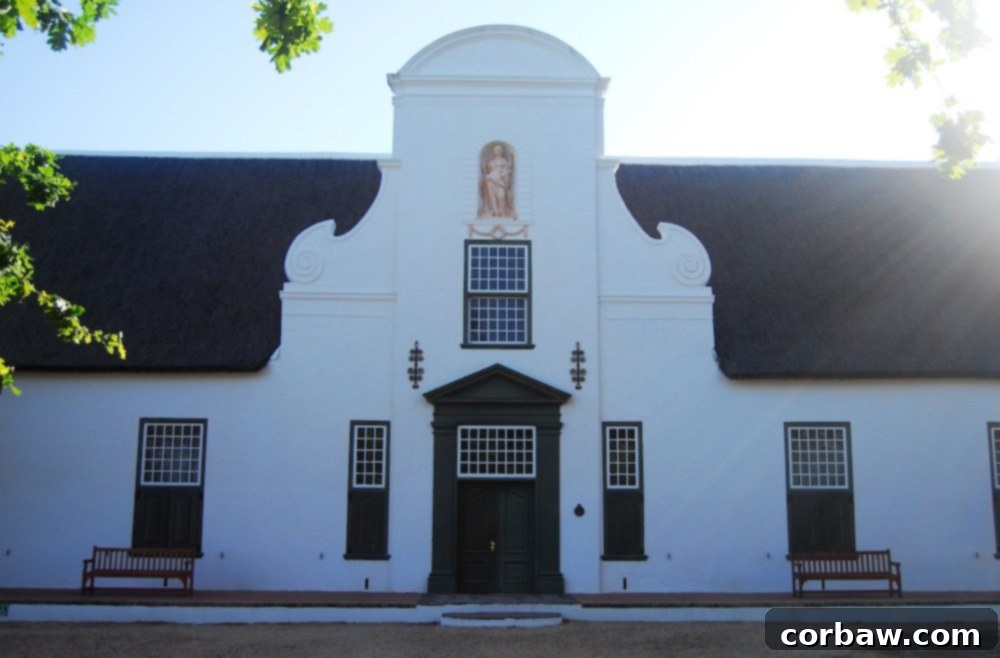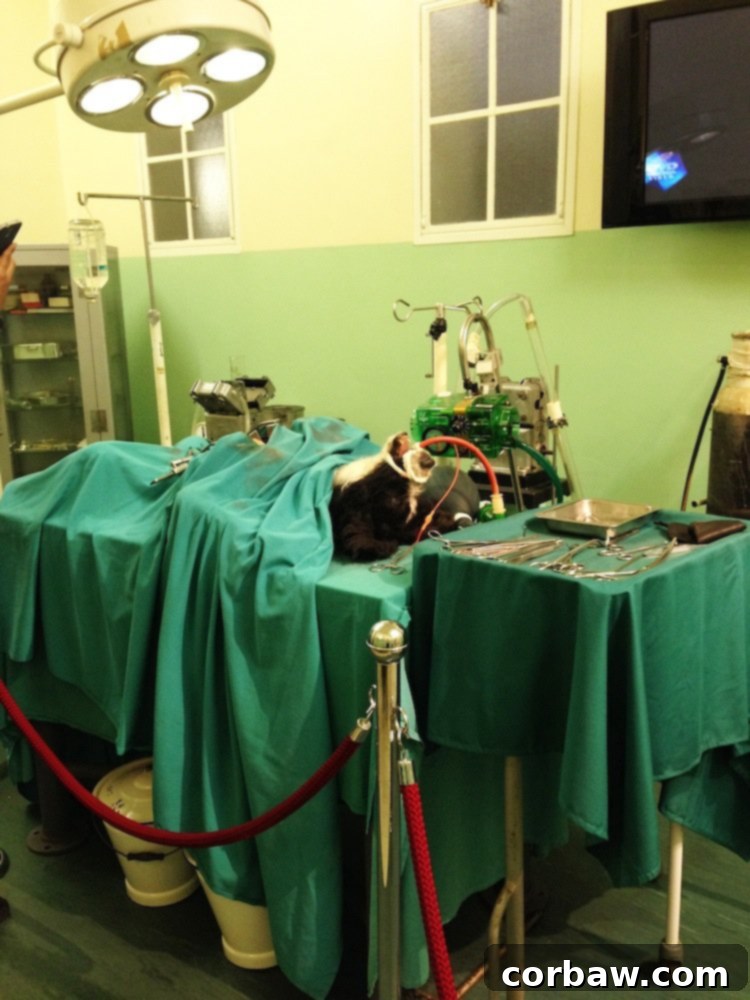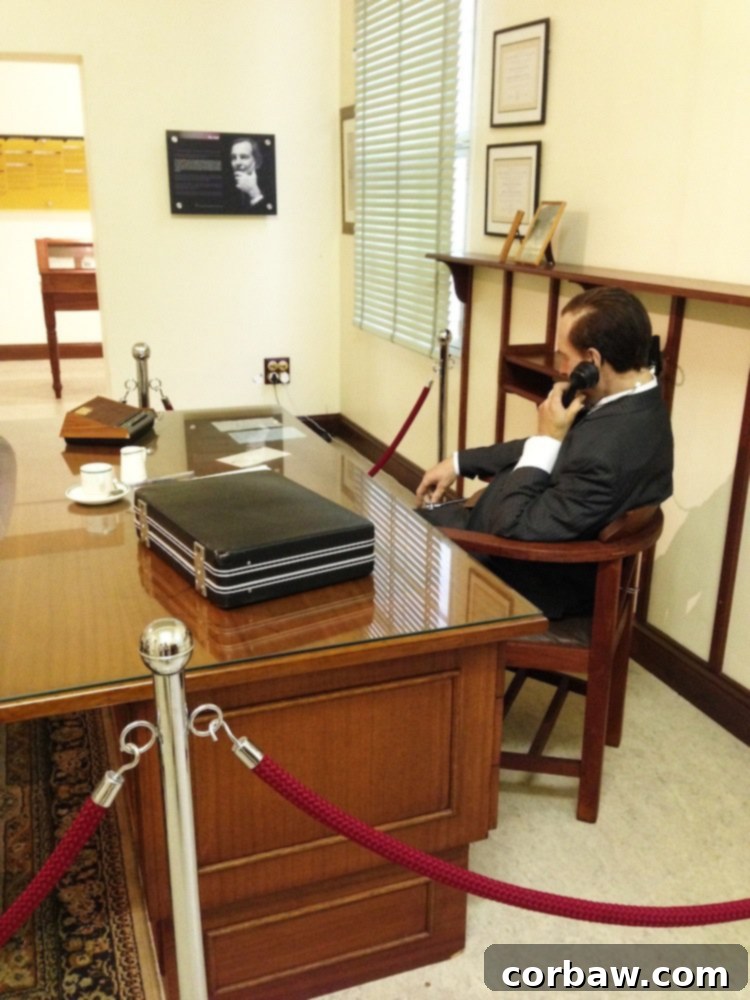The Heart of Innovation: Exploring the World’s First Heart Transplant at the Cape Town Museum

Before you delve into the fascinating story presented in this article, a brief but important note: this post contains images that might, at first glance, appear graphically medical. Please be assured, however, that these are not real surgical photographs. Instead, they are meticulous recreations using lifelike wax models, designed to depict significant historical medical events. This article recounts a visit to a museum, and I was certainly not present during any actual surgical procedures. These visuals serve an educational purpose, illustrating pivotal moments in medical history. If medical imagery tends to make you uncomfortable, consider this a heads-up. Despite their realism, they are artistic interpretations, not actual gore.
With that brief disclaimer out of the way, you are now invited to explore this remarkable chapter in medical history, right to your heart’s content (yes, that pun was entirely intended!).
My fiancé and I recently dedicated a day to visiting the renowned Heart of Cape Town Museum, a choice influenced by our shared love for museums and its convenient proximity to our neighborhood. This exceptional institution stands as a living monument, commemorating the world’s inaugural human-to-human heart transplant, an groundbreaking event that unfolded right here in the vibrant city of Cape Town, South Africa.
The narrative leading up to this historic moment is a compelling one. For years, numerous leading hospitals across the globe possessed the theoretical capability and surgical expertise to perform a heart transplant. Yet, a collective hesitation prevailed. The conditions required for such a pioneering procedure were exceptionally stringent: a perfectly healthy donor, tragically declared brain dead, whose family was willing to donate their loved one’s heart, and an eligible recipient, all ideally within the same medical facility. The confluence of these perfect circumstances, coupled with profound ethical considerations and the unknown long-term outcomes, often made doctors reluctant to take the momentous leap.
Crucially, while the surgical techniques for transplantation were advancing, the field of medicine had not yet developed a consistently safe and reliable method to prevent the recipient’s immune system from rejecting the transplanted organ. Surgeons could meticulously perform the intricate operation, but they could not confidently predict how much precious time such a procedure would truly grant their patients. This fundamental challenge created an immense barrier to widespread adoption of organ transplantation.
In their relentless pursuit of perfecting these life-saving methods, medical pioneers worldwide extensively practiced heart transplants and various other complex cardiac surgeries on animal subjects, primarily dogs. Dr. Christiaan Barnard, the legendary South African surgeon, was no exception. He performed an astounding number of heart transplants—more than 50—on dogs before he ever attempted the procedure on a human being. Within the museum, a poignant and educational recreation depicts one such canine surgery, offering a glimpse into the rigorous preparation and research that underpinned the eventual human milestone. Remarkably, the museum itself is housed within Groote Schuur Hospital, occupying the very suite of rooms that once contained the surgical theaters where these actual, history-making operations took place, allowing visitors to walk through the authentic spaces of medical triumph.

The fateful day arrived on December 2nd, 1967. A 25-year-old woman named Denise Darvall and her mother were tragically struck by a drunk driver while crossing a street, having just picked up a cake from a local bakery. Denise’s mother died instantly at the scene. Denise, however, was rushed to the nearest medical facility, Groote Schuur Hospital in Cape Town. Despite the immediate medical attention, she sustained catastrophic head injuries and was subsequently declared brain dead. This declaration sparked considerable controversy at the time, as medical technology could technically keep her body functioning on life support, even though she would never regain consciousness. After agonizing deliberation, her father made the incredibly difficult and compassionate decision to consent to the donation of Denise’s heart and kidneys, and for her life support to be withdrawn.
Simultaneously, a potential recipient for Denise’s healthy heart was already hospitalized within the same institution: Louis Washkansky. Louis, a man who had lived an active and robust life in his younger years, had developed diabetes in later life and subsequently endured three debilitating heart attacks, which ultimately led to severe congestive heart failure. His condition was critical, and he was on the brink of death when Denise’s tragic accident occurred.
Denise Darvall, aside from the grievous injuries sustained in her accident, was in perfect cardiovascular health. Her status as brain dead, yet with a still-beating heart, made her the ideal donor candidate. With the crucial permission secured from Denise’s grieving father and a swift, unequivocal “yes” from Louis Washkansky when asked if he wished to be the recipient, Dr. Christiaan Barnard proceeded with the monumental task of performing the world’s first human heart transplant. Reflecting on Louis’s immediate acceptance, Barnard later wrote, “For a dying man it is not a difficult decision because he knows he is at the end. If a lion chases you to the bank of a river filled with crocodiles, you will leap into the water, convinced you have a chance to swim to the other side.” The logistical brilliance of the operation saw the donor and recipient positioned in adjacent surgical theaters, minimizing the critical time required to transport the delicate organ just a few feet. The museum offers a compelling recreation of this very surgery, bringing the intense drama of that day to life.

The recreations throughout the museum are truly remarkable in their realism. They are crafted with such incredible detail that they evoke a sense of uncanny lifelikeness, to the point of being genuinely unsettling. I must admit, a slight feeling of nausea accompanied me through much of this incredibly immersive and emotionally charged tour, a testament to the exhibits’ impactful design.

The epic surgery itself lasted an exhaustive nine hours, a marathon of precision and pioneering skill, but it culminated in an unequivocal success! Dr. Barnard later recounted that witnessing the transplanted heart begin to beat rhythmically in its new home within Louis Washkansky’s chest was unequivocally one of the proudest and most profound moments of his distinguished life. Less than two hours after the arduous procedure concluded, Louis miraculously woke up, not only conscious but also conversing with his medical team, offering a beacon of hope for the future of organ transplantation.
Despite the initial triumph, preventing Louis’s body from rejecting his new heart presented the next formidable challenge. Dr. Barnard and his dedicated team administered potent immunosuppressant drugs to suppress his immune response. While Louis was kept in an exceptionally sterile environment to mitigate infection risks, his weakened immune system unfortunately succumbed to pneumonia. He tragically passed away just 18 days after the groundbreaking operation. Despite this heart-wrenching outcome, the world largely heralded the transplant as an unparalleled milestone in modern medical history. It proved that a human heart could indeed be successfully transplanted, opening vast new possibilities for patients facing terminal heart disease.
Undaunted by the short-term outcome with Louis, and driven by an insatiable desire to push the boundaries of medicine, Christiaan Barnard was eager to perform another transplant. His subsequent efforts yielded increasingly successful results. His very next patient lived for a remarkable 19 months following the surgery, demonstrating significant progress. Later, another of his patients would achieve an incredible record, living for an astonishing 23 years after her heart transplant, truly validating the long-term potential of the procedure. The museum also features a compelling recreation of Christiaan Barnard diligently working at his desk, capturing the essence of the visionary surgeon immersed in his work.

The news of the world’s first human heart transplant reverberated across the globe, becoming a major international sensation. This audacious surgery is widely credited with inspiring other medical professionals and surgical teams, giving them the courage and conviction they needed to commence performing similar procedures themselves. The impact was almost immediate: merely three days after Barnard’s pioneering operation, another heart transplant was performed in Brooklyn, New York. However, the initial euphoria was tempered by significant challenges. In those early days, most patients did not survive for extended periods, primarily due to the severe and often debilitating negative side effects of the powerful immunosuppressive drugs then available, which left patients highly vulnerable to fatal infections. Consequently, heart transplant surgeries temporarily became quite uncommon, awaiting the crucial development of more advanced and safer immunosuppressant medications.
While this initial heart transplant was predominantly met with global celebration and widespread acclaim, Christiaan Barnard was not immune to criticism. Like any revolutionary figure, he received his share of detractors, and many of the letters he received, including the less-than-complimentary ones, are thoughtfully displayed at the museum. One particular letter caught my eye and elicited a small giggle – it was short, sweet, and pointedly critical, a fascinating insight into the diverse public reactions to such a monumental medical breakthrough.

A deeply moving and significant related story prominently featured in the museum is that of Hamilton Naki, a black laboratory assistant whose extraordinary contributions often went unrecognized during his lifetime due to the oppressive apartheid regime in South Africa. Despite numerous magazines and newspapers erroneously claiming his direct involvement, Naki did not, in fact, play a role in the *first* human heart transplant. However, his journey and contributions to medical science were nothing short of remarkable. He began his illustrious career in laboratory work with animals under the mentorship of Dr. Robert Goetz. His early tasks involved essential duties like cleaning animal cages and providing care, but his innate intelligence and dedication quickly saw him advance to administering anesthesia and even assisting in complex surgeries. A particularly intriguing anecdote highlights his participation in a surgery on a giraffe, aimed at dissecting its jugular venous valves to understand why these towering animals do not faint when they bend down to drink. Eventually, Naki transitioned to Christiaan Barnard’s laboratory, where he ascended to the prestigious and crucial role of principal surgical assistant, effectively managing the animal laboratory and training white medical students and doctors in advanced surgical techniques. Dr. Barnard himself acknowledged Naki’s genius, stating that if Naki had been afforded the opportunity to receive formal education, he would undoubtedly have become a brilliant surgeon. Later in his career, Naki even took on teaching responsibilities, leaving an indelible mark on generations of medical professionals. His story is a powerful testament to talent, perseverance, and the unjust barriers of institutionalized discrimination, and his posthumous recognition has finally brought his true legacy to light.
The Heart of Cape Town Museum is an incredibly well-curated and deeply engaging institution. The immersive experience includes a comprehensive two-hour guided tour, featuring two compelling videos that contextualize the events, and is led by remarkably knowledgeable guides who bring the history to life. Beyond the captivating surgical recreations, the museum also thoughtfully includes reconstructions of Denise Darvall’s childhood bedroom and Louis Washkansky’s recovery area, adding a profoundly human dimension to the narrative. The fact that the entire experience unfolds within the very rooms and surgical theaters where these monumental events actually transpired imbues the visit with an unparalleled sense of authenticity and historical weight. I wholeheartedly recommend making a stop at this museum if you find yourself in Cape Town; it’s truly a unique opportunity to connect with a pivotal moment in human ingenuity. It’s quite extraordinary that this vibrant city proudly claims the title, “Home to the First Heart Transplant.” After this captivating historical journey, we followed our own advice and made a delightful stop at Curry Quest in nearby Mowbray, where we indulged in some seriously tasty bunny chow – that is, assuming your stomach is still feeling up to it after all the vivid surgical scenes!